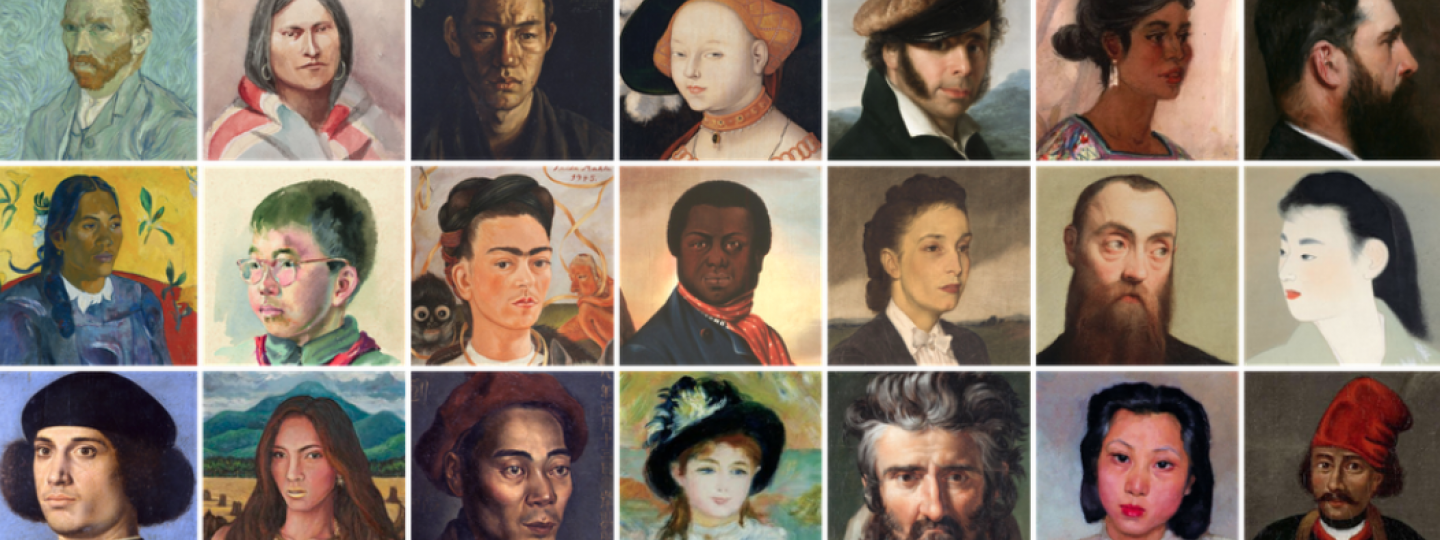More than 30 million selfies were taken over the past few weeks using the Google Arts & Culture platform, according to a post published on Google’s official blog.
One of those selfies was mine. And as I was comparing my image to Gabrielle in a Red Dress (56 percent match) and Saint John the Evangelist at Patmos (also weirdly a 56 percent match), I couldn’t help but think about the reasons why the campaign worked so incredibly well — it played to our self-interests and egos, it returned multiple items so we were more likely to share one (and everyone received an image that was just weird enough to want to share one), the sharing itself was designed to invite others in, it was fun and non-political and educational and cross-generational, and at a certain point, everyone you knew was doing it, so you wanted to get in on the fun too (sorry Illinois and Texas residents).
It reminded me a lot of The Atlantic’s Life Timeline, which launched last February. The site asks readers to type in their birthday to learn about different newsworthy milestones that have happened at different parts of their lives: before they were born, when they turned 18, when a famous person did something in the same year and so on. Each milestone is then tied to a archival piece from The Atlantic, ensuring that you now have a way to make sense of the newsworthy events that have coincided with your life — and view them in the context of your own life’s timeline.
The Atlantic Timeline, the Google Arts and Culture selfie experience, and interactives like The Upshot’s Map of Baseball Nation ask readers to reveal a part of themselves — a selfie, a birthday, a zip code — to get something in return: A better understanding of art, or a better understanding of news events, or better context for how something works in a location.
What else might we ask readers to share, or to do, in order to provide them with context and information — and create a deeply engaging experience? And how might that then also deepen our understanding of our audiences?
For this, we can turn back to museums, which like many newsrooms, have been increasingly focused on engagement as a way to ensure their long-term survival. (Read a museum blog and you’ll start to see essays that could easily be turned into ONA presentations, or experiments that wouldn’t look out of place on Poynter.)
I’ve been following many projects that museums have launched in recent years that make visitors feel more connected — and that could easily be converted into a newsroom project. Here are several examples:
Creating deeper experiences for visitors and contributors
- The National Archives in London brought together World War II veterans with young children to share stories and memories to a new generation. Not only was this a way to create intergenerational connections, but it situates the audience as reporter and creates new material.
- The Imperial War Museum in London asks volunteers to collect information about war memorials to both help in their preservation effort and to generate community interest. Participants then feel closer to the museum.
- Similarly, the Smithsonian Transcription Project’s volunteer task force helps make historical documents more accessible to the public. As I wrote in an earlier column, “Volunteers who worked remotely with the Smithsonian Transcription Center on a similar project saved the Smithsonian tens of thousands of dollars, and were more likely to visit the Smithsonian and say that they had a deeper relationship with the Institution.”
- Everything in the collection of The Little Museum of Dublin was curated entirely through public donation. The museum tells the story of the capital of Ireland, through objects that were donated by residents.
- The Brooklyn Museum released an app that allows visitors to chat and ask questions to museum staff in real time. The average conversation lasts 13 messages, and both visitors and museum staff benefit from the experience.
Creating experiences that go beyond walls
- When SFMOMA closed its doors for an expansion in 2013, they took their museum outside, working with community-based programs to create large public art projects and other museums to create exhibitions.
- In Philadelphia, an exhibition of Zoe Strauss’ photographs at the Philadelphia Museum of Art was accompanied by a billboard project showcasing her artwork throughout the city. How might news organizations similarly use public space? (One idea, which I’ve written about before, is to project the news on the side of buildings. Other venues could include bus stops, buses themselves, playgrounds, shelters and hospitals.
- Recently London’s Natural History Museum and the Science Museum engaged in a Twitter war that brought attention to both of their collections (and was highly engaging to follow.)
- You can text an emoji to SFMOMA and receive back an item from the collection. They are now working on collaborations to make the collection available abroad. (Hello news archives!)






